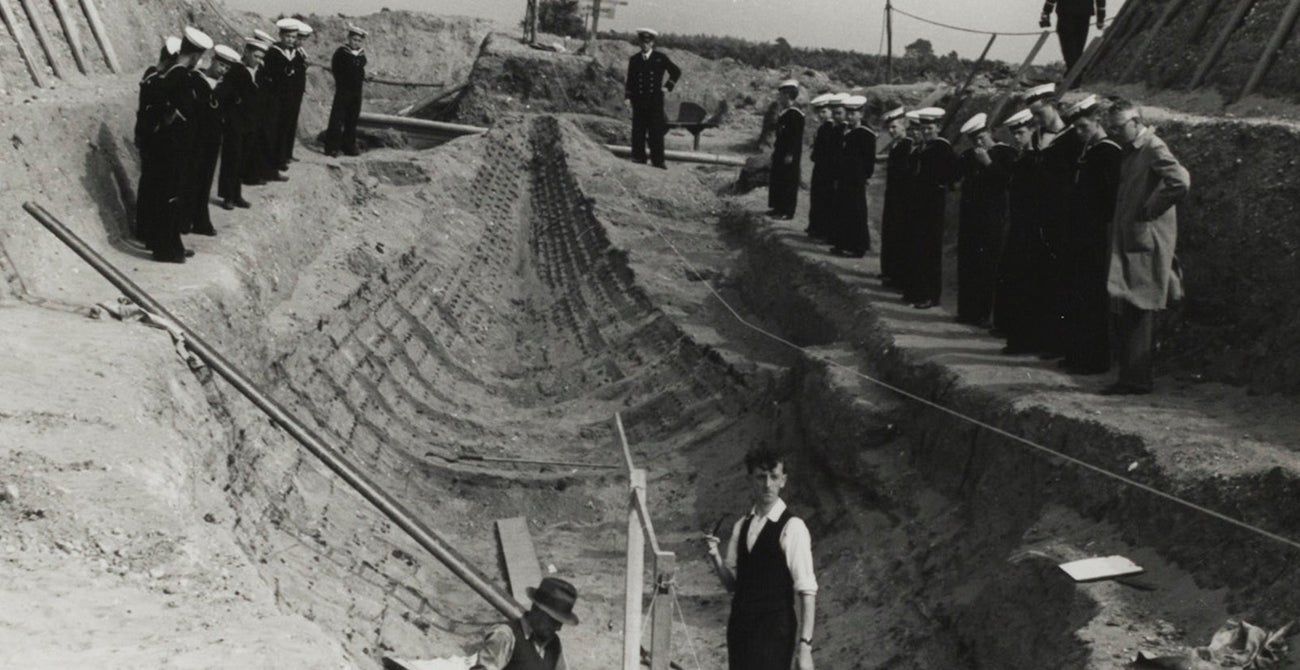“Listen!” The poem begins not with the main storyline about Beowulf fighting monsters, but with the establishment of the Danish dynasty whose great hall will be host to those stories. Modern stories begin in the middle of the main action: “Mrs. Dalloway said she would buy the flowers herself.” “Call me Ishmael.”
Here, though, we start with the great-grandfather of the aging king whose court is under attack by a monster. The poet who chanted such a story to the men in the hall knew that while he did need to hook their attention, he didn’t need to connect that hook to the main story. The ship burial of Scyld Sceafing would get their attention, and it would carry them into the legendary heroic past.
Scyld, we learn, had arrived on the Danish shores in a boat, of unknown parentage. In other versions of the legend, the child in the boat was called Sceaf, after the sheaf of grain that was within. An Old English poem called Widsith refers to Sceaf as the King of the Lombards, which suggests that the legendary roots are back in the pre-Migration times when tribes that later became distant (the Lombards settled in the Alpine foothills) were immediate and local in the North.
Scyld rose to become a great Danish war-leader who enriched his people; they were probably raiding the towns of the Franks, to the south, where Roman skills and wealth persisted. When Scyld died, he was buried in a very unusual way: his ship was set adrift, returning him to the sea.
Ship burials were not usually done that way. Instead, what archeologists have discovered in Migration-Age royal tombs is that the ship itself was buried. We think of this type of ship as a “Viking ship” because the construction methods were the same 500 years later: “clinker” or “lapstrake” building in which the long boards overlap each other, rising from the keel to shape the ship’s body. The royal tomb at Sutton Hoo held such a ship, with a mound covering it.
But Scyld Sceafing’s ship was set adrift after it was loaded with the king’s body and a great deal of armor, weapons, and other treasures. The passage ends by saying, “Men do not know who received that cargo.” Did it sink in the North Sea, or did it drift up the coast of Norway to sink in a fjord? The story of this rare burial must have been interesting enough on its own to get the story started.
image: Sutton Hoo ship being unearthed

